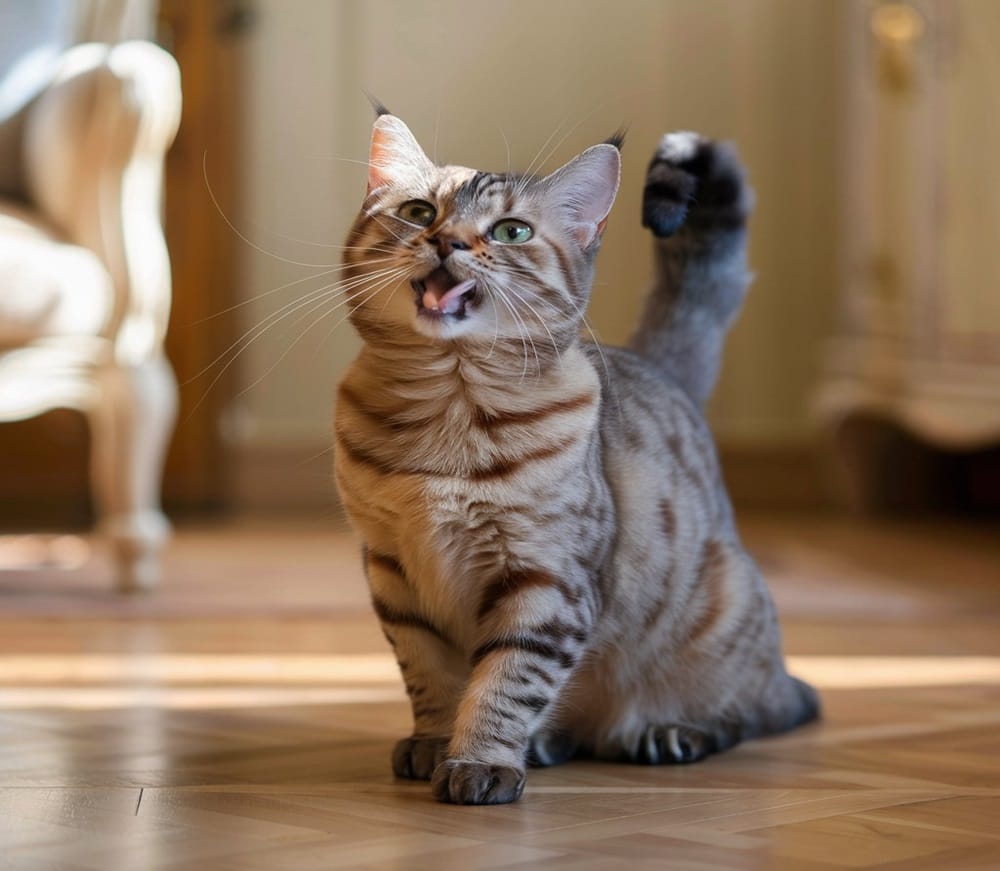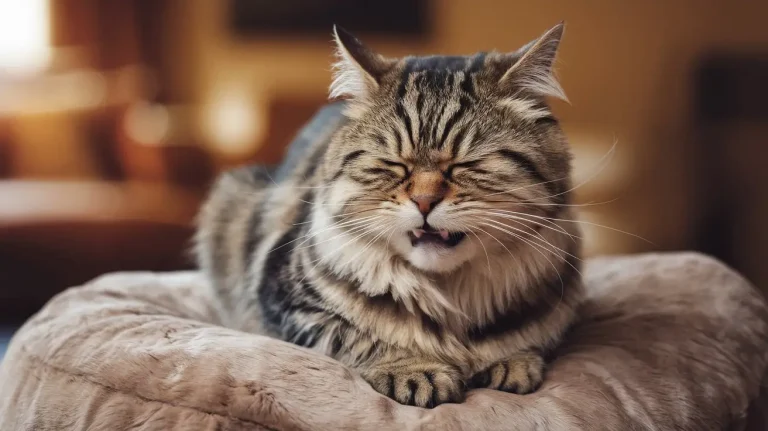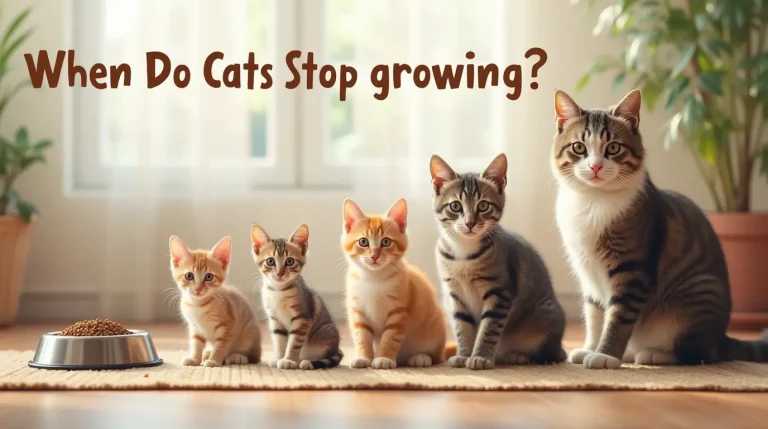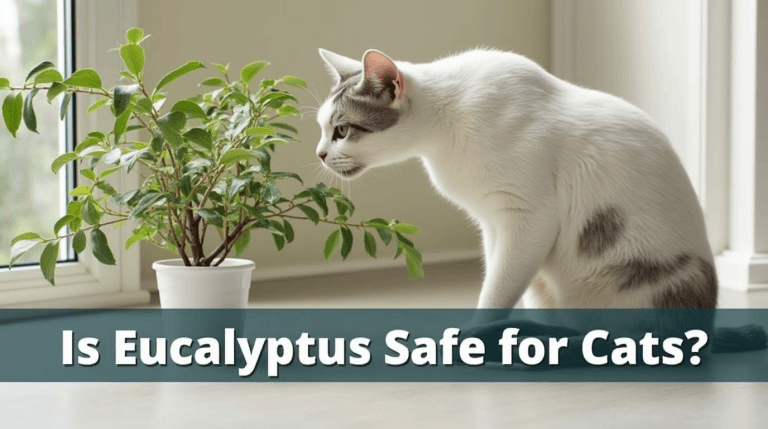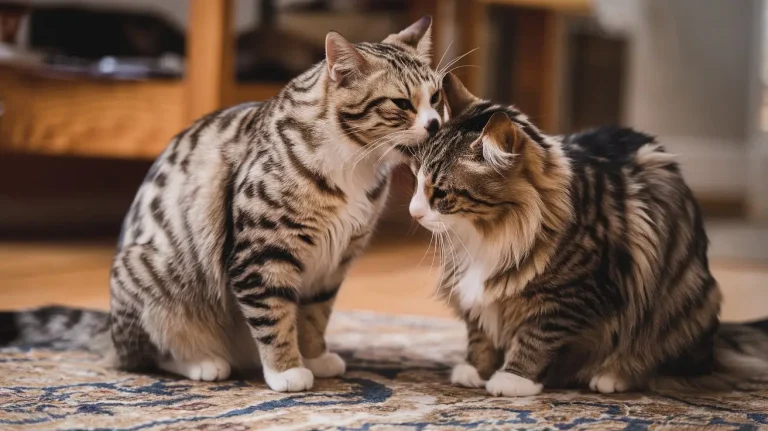Cats have a unique way of communication, often using a range of vocalizations to express their needs and emotions. One such intriguing behavior is trilling. If you have ever wondered why cats trill and what it means, this article will explore the fascinating world of feline trilling and provide insights into this distinctive form of communication.
Table of Contents
Key Takeaways:
- Cat trilling is a distinctive feline vocalization that is used to communicate various needs and emotions.
- Trilling differs from other cat sounds and can be identified by its melodious, high-pitched tone.
- Cats trill to express contentment, excitement, or even frustration, and they often use it to communicate with their owners and other cats.
- Trilling can be influenced by a cat’s personality and breed tendencies, with some cats being more prone to this behavior than others.
- Understanding the reasons behind cat trilling can help cat owners better interpret their feline companion’s vocalizations and strengthen the bond between them.
Understanding Cat Trilling
When it comes to feline communication, cat trilling stands out as an intriguing behavior that can leave cat owners both curious and captivated. Unlike the more common meowing or purring, cat trilling is a distinct vocalization that cats use to express themselves in various situations.
So, what exactly is cat trilling and how does it differ from other feline vocalizations? Cat trilling is a high-pitched, melodic sound that resembles a combination of a chirp and a purr. While meowing is often associated with cats communicating with humans, trilling is primarily used between cats themselves. This unique vocalization is believed to have evolved as a way for cats to communicate and interact with their fellow feline companions.
In addition to its distinctive sound, cat trilling differs from other feline vocalizations in its purpose and meaning. While meowing can convey a range of emotions and needs, trilling is often associated with positive feelings such as excitement, happiness, or contentment. It can be heard when cats greet each other, when they are engaging in play, or during moments of affectionate bonding.
why do Cats Trill
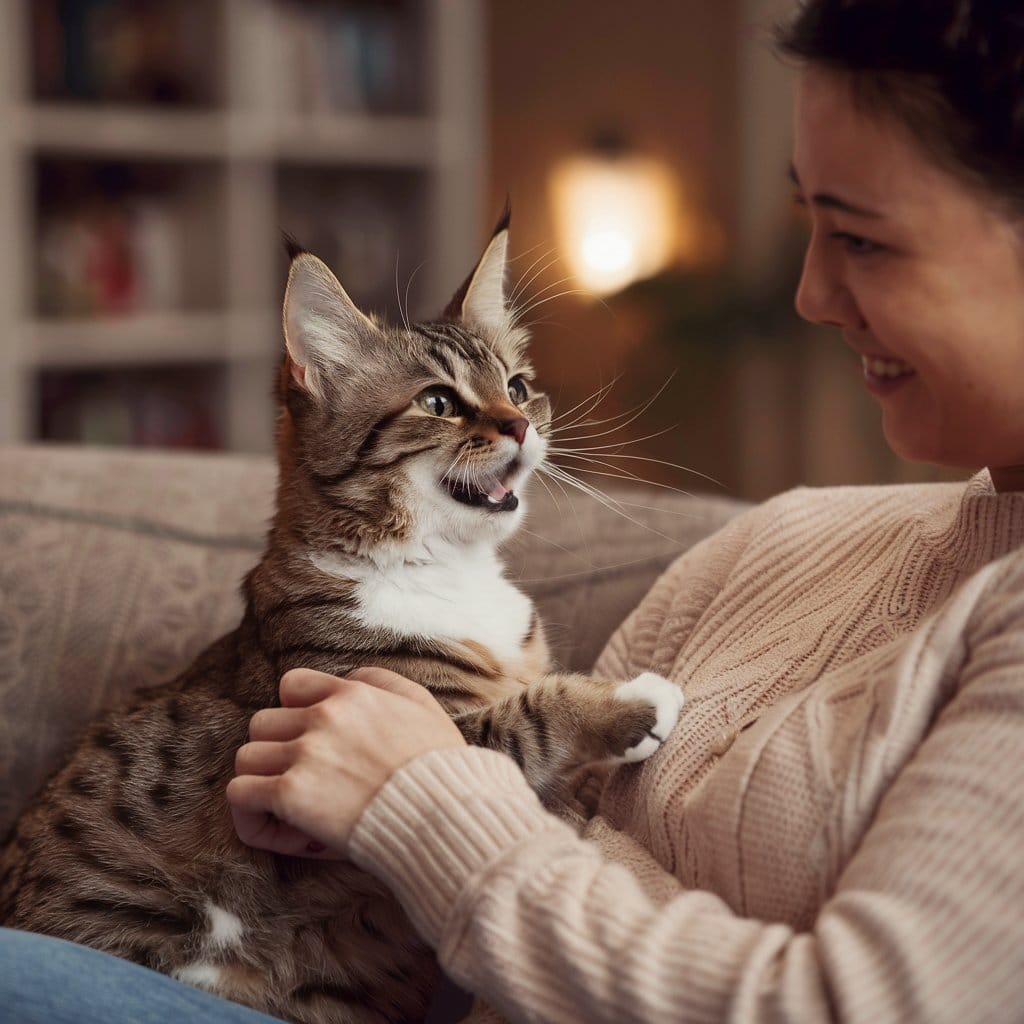
Understanding when and why cats tend to trill is key to interpreting their communication. Cats may trill when they spot prey, expressing their excitement about the potential pursuit. They can also trill when they want to establish social bonds with other cats, signaling their friendly and approachable nature. Trilling can also be seen as a form of greeting or an invitation for interaction.
Furthermore, some cats may trill when they are seeking attention or when they are expressing their desire for affection from their human companions. This behavior can be seen as a way for cats to initiate contact and engage in positive social interactions with their owners.
In conclusion, cat trilling is a unique and fascinating vocalization that cats employ for various forms of communication. Unlike meowing or purring, trilling serves as a special means of expressing positive emotions and building social connections, both with fellow felines and with humans. By understanding the nuances and circumstances surrounding cat trilling, cat owners can better interpret their furry friends’ intentions and strengthen the bond they share.
Reasons for Cat Trilling
When it comes to cat trilling, there are various reasons behind this unique vocalization. Cats use trilling as a form of communication, allowing them to convey different messages to other cats or even their human companions. Let’s explore the different reasons why cats trill:
- Communication between Cats: Trilling is often used by cats as a way to communicate with each other. It serves as a friendly greeting or a signal to initiate playtime. By trilling, cats can establish a connection and strengthen their social bonds.
- Expressing Contentment: Cats may trill when they are feeling content and satisfied. It can be their way of expressing happiness and overall well-being. This gentle, high-pitched sound is a positive sign that your feline friend is in a state of bliss.
- Showcasing Excitement: Trilling can also be a manifestation of excitement and anticipation. Cats may trill when they are about to receive a treat, when they see their favorite toys, or when they are eagerly awaiting playtime. It’s their way of expressing enthusiasm and joy.
- Displaying Frustration: Interestingly, cats may trill when they are feeling frustrated or seeking attention. This can occur when they are hungry, want to be let outside, or desire interaction. By trilling, cats are trying to capture their human companion’s attention and convey their desires.
In addition to these reasons, it’s important to note that a cat’s individual personality and breed tendencies can also influence their trilling behavior. Some cats may be more vocal in general, while certain breeds, such as the Siamese or Maine Coon, are known for their chattiness. Understanding the reasons behind cat trilling can help foster a deeper connection with our feline friends and ensure their needs and emotions are properly addressed.
Wrap up
Throughout this article, we have explored the fascinating behavior of cat trilling and discovered the reasons behind it. Cat trilling is a unique form of communication that sets it apart from other feline vocalizations. By trilling, cats create a distinctive sound that can convey various messages.
One of the key reasons cats trill is to communicate with other cats. Trilling is often used as a friendly greeting between cats or to initiate play. It can also be a way for cats to express their contentment, signaling a sense of happiness and comfort. Additionally, trilling can be an expression of excitement or anticipation, particularly when cats are eagerly awaiting something.
Understanding why cats trill is essential for cat owners. By recognizing the meaning behind their feline companions’ trilling habits, owners can better understand their cats’ needs and emotions. It allows for deeper connections and a more fulfilling relationship between humans and their furry friends. So the next time your cat trills, pay attention to the context and observe their body language for clues to their communication.
FAQ
What is cat trilling?
Cat trilling is a unique vocalization that cats make, characterized by a high-pitched, chirping sound. It is a mix between a meow and a purr, often described as a trill or a chirrup.
How does cat trilling differ from other feline vocalizations?
Cat trilling is distinct from other vocalizations like meowing or purring. While meowing is commonly used for communication between cats and humans, and purring is associated with contentment, trilling is a communication method primarily used between cats or directed towards prey.
What are some situations in which cats tend to trill?
Cats tend to trill in various situations. They may trill when greeting their owners, expressing excitement, or trying to get attention. It is also common for cats to trill when they spot birds or other prey animals outside the window.
What does cat trilling mean?
The meaning behind cat trilling can vary depending on the context. When directed towards humans, trilling can be a sign of affection or a way for cats to communicate their needs. When directed towards other cats, it can be a friendly greeting or a way to establish territory.
Can a cat’s personality or breed influence their trilling behavior?
Yes, a cat’s individual personality and breed tendencies can indeed influence their trilling behavior. Some cats are more vocal than others, with certain breeds known for being more talkative. Additionally, a cat’s overall temperament and level of socialization can also impact their trilling habits.
Why do cats trill?
Cats trill as a form of communication. It can be a way for them to express their contentment, excitement, or even frustration. Trilling is also a means for cats to communicate with their owners or other cats, conveying various emotions and intentions.

